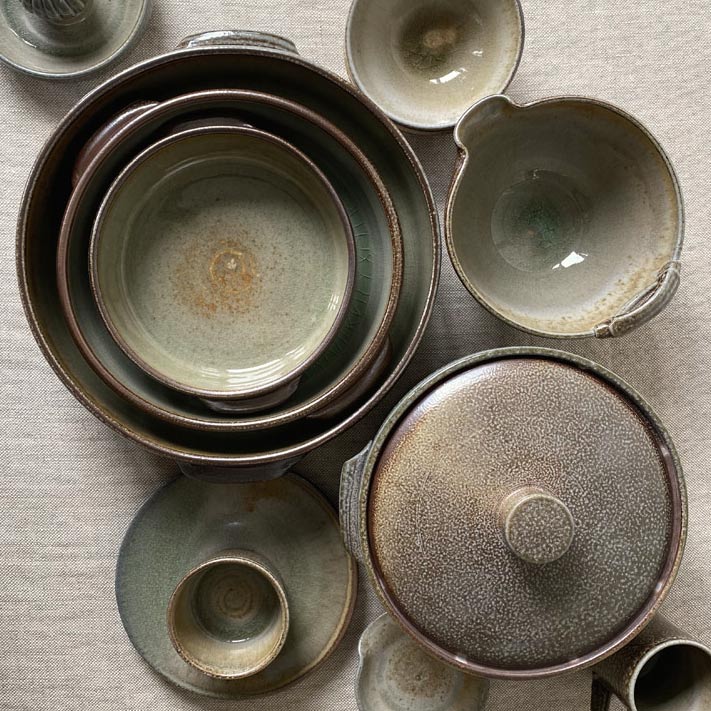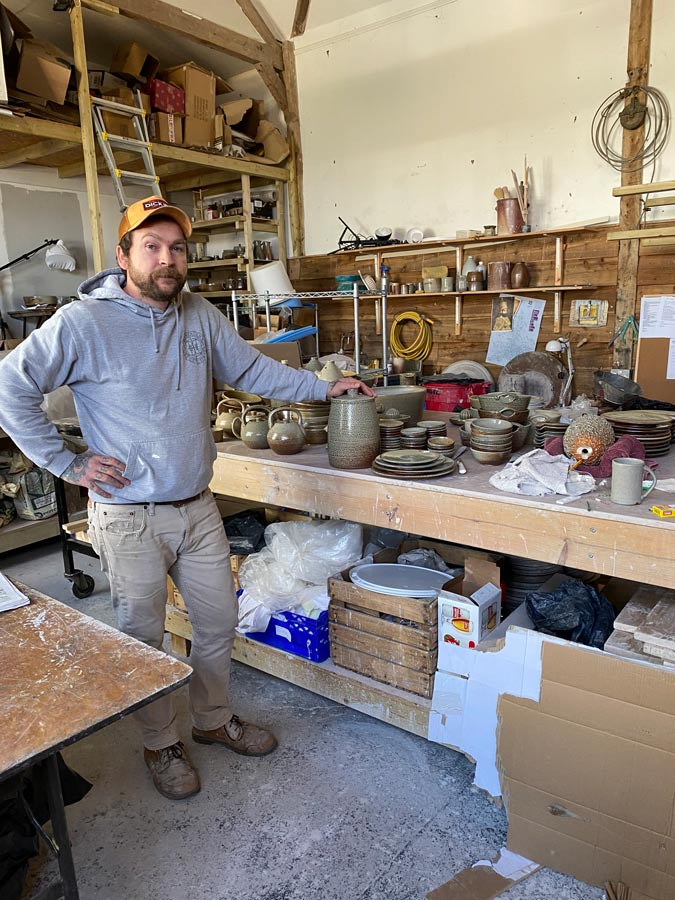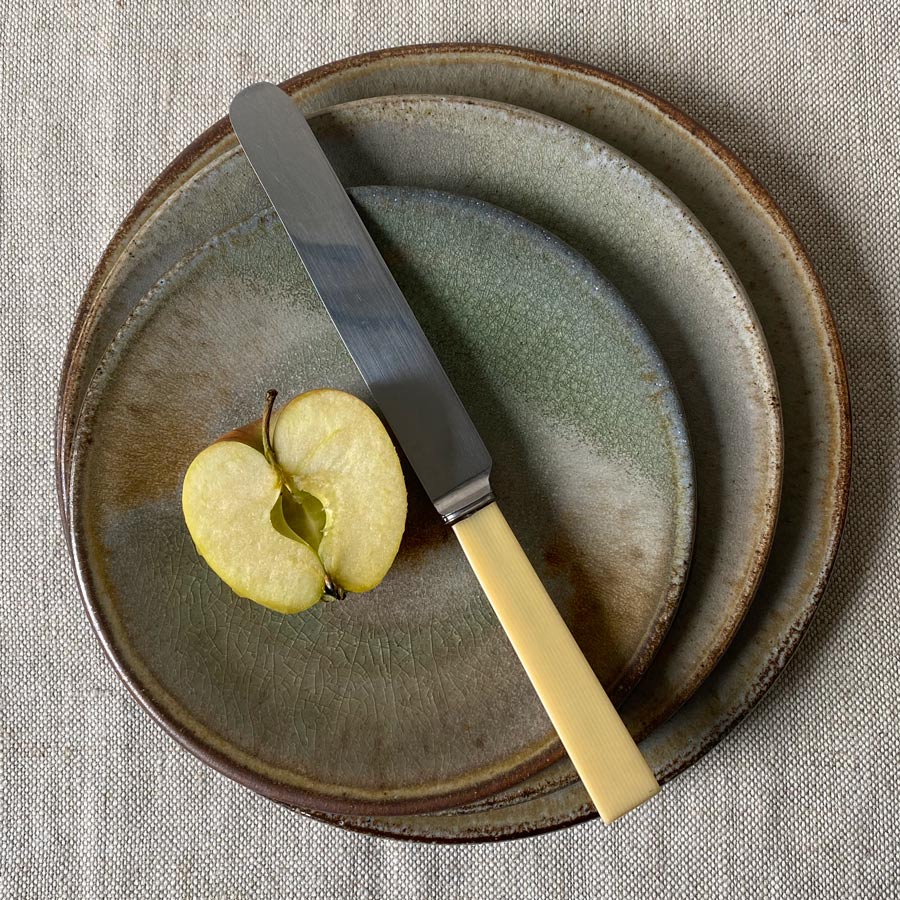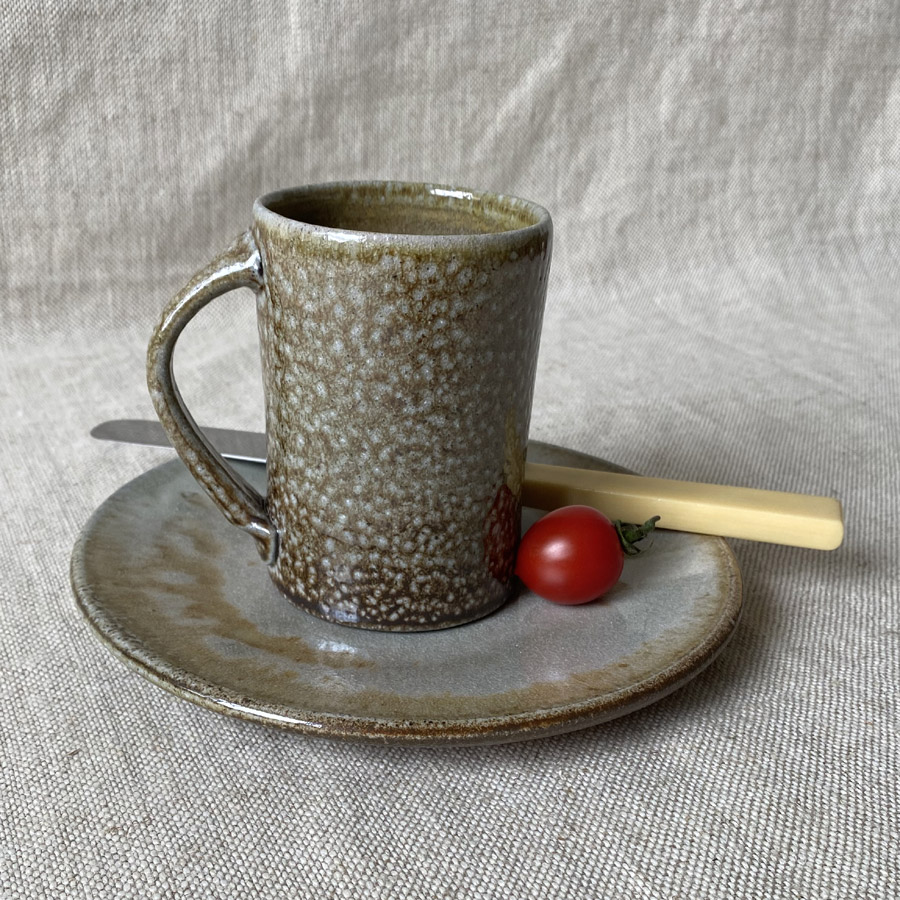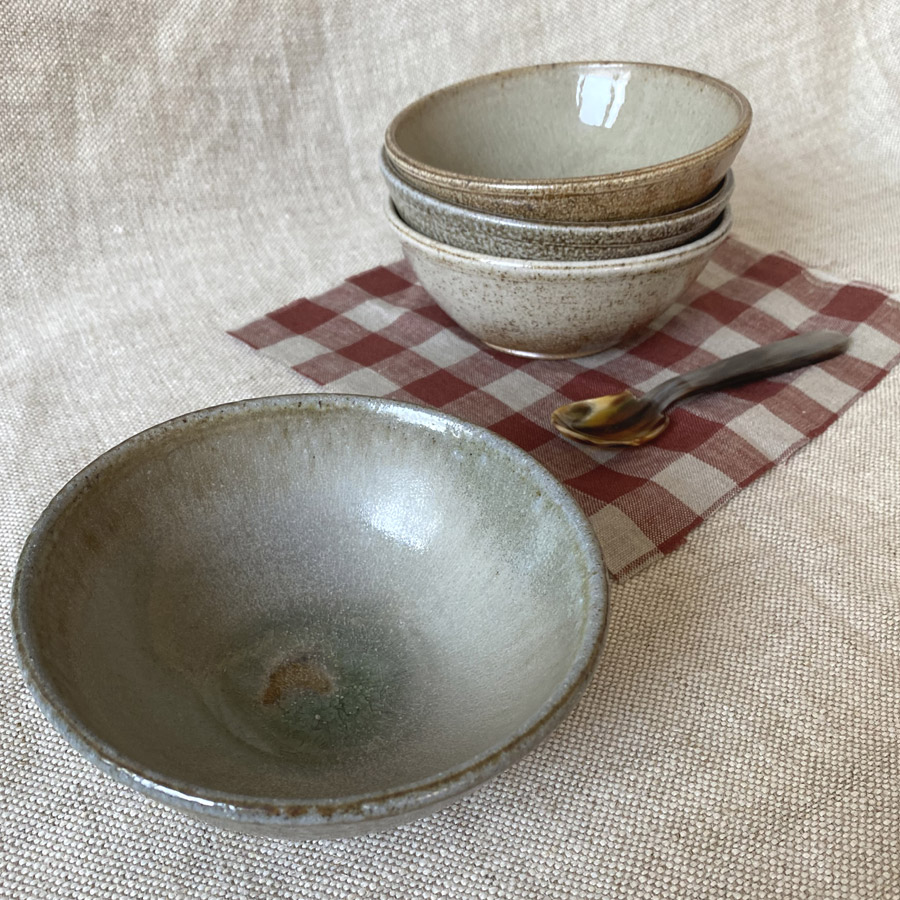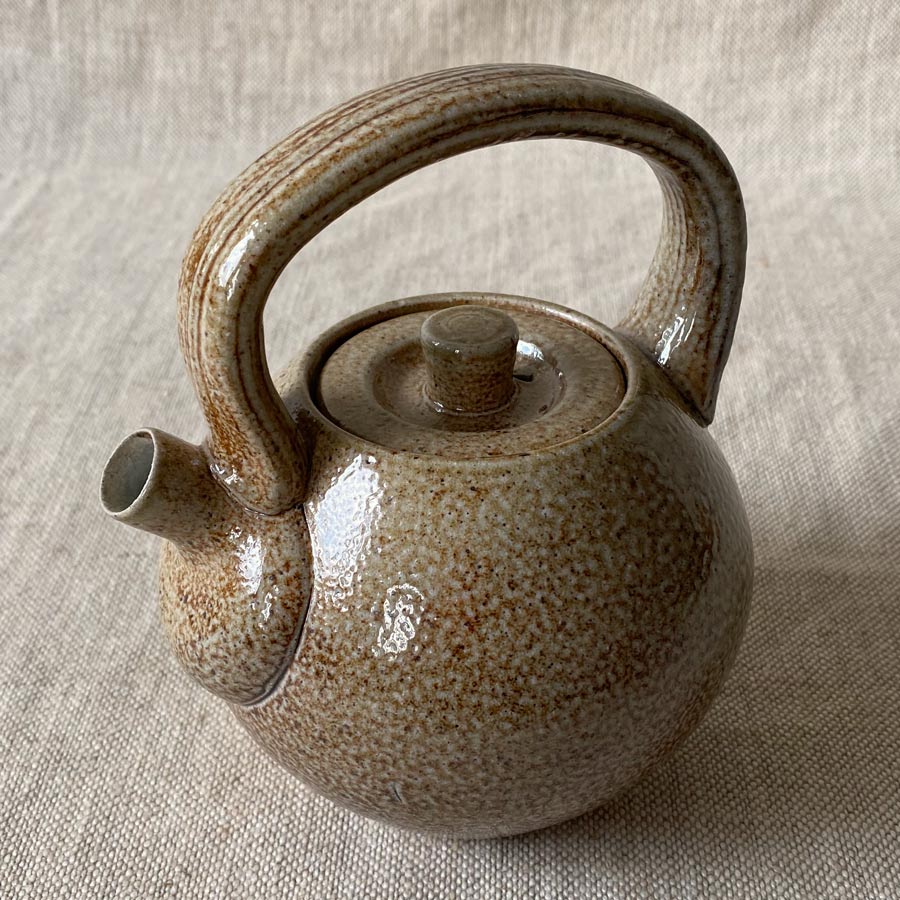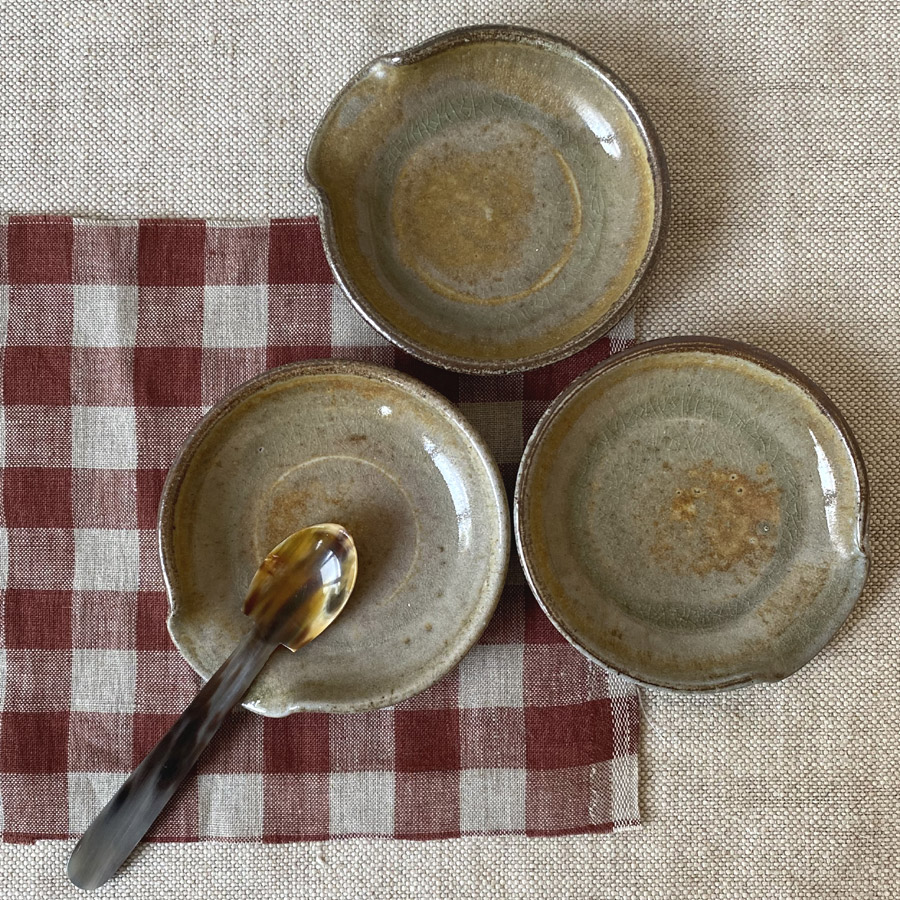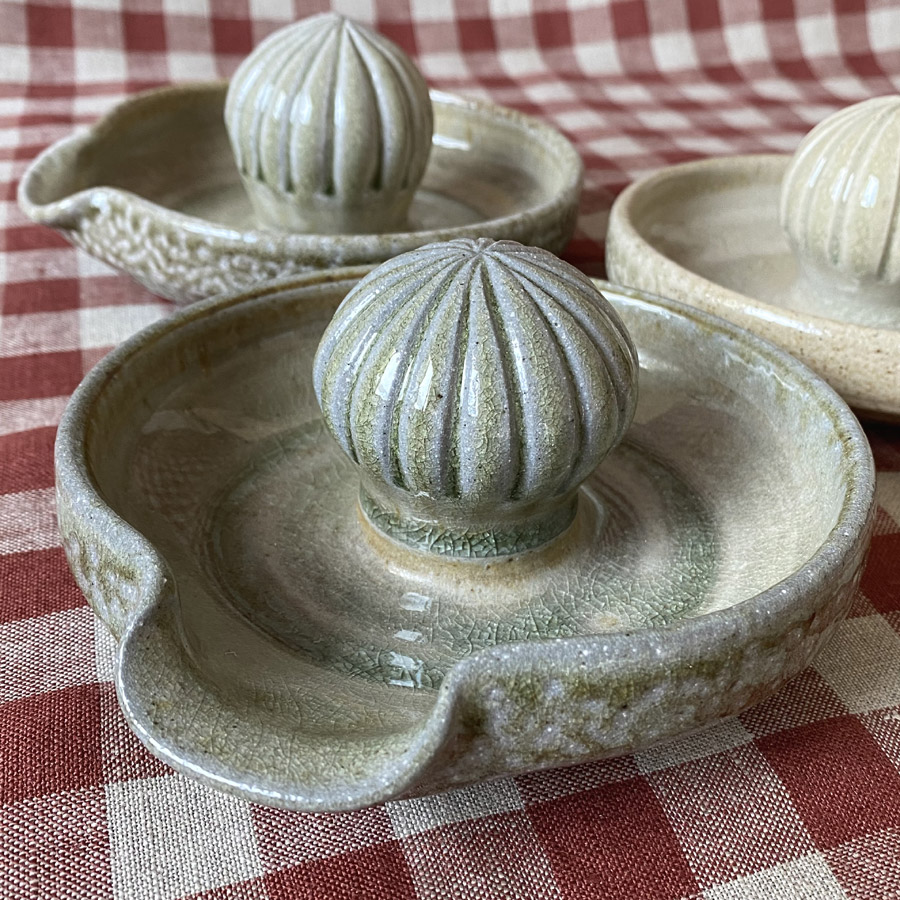There have been few potters as influential as Bernard Leach. Widely regarded as the ‘father’ of British Studio Pottery, Bernard Leach was born in Hong Kong in 1887, studied art in England and moved to Japan in 1909. Leach was first introduced to ceramics at a Raku party and went on to develop his craft under Japanese masters before returning to England in 1920 to establish The Leach Pottery in St. Ives with Japanese potter, Shoji Hamada. Originally, Leach created one-off pieces but by the 1940’s he had produced his Standard Ware range – a collection of kitchenware in standardised shapes and sizes, produced in high quantities at affordable prices. The long preserved spirit of the Leach Pottery is to uphold a constant fusion of Eastern and Western influence. Leach managed this by conducting a flow of local apprentices and visiting students from around the world, who mostly went on to become potters in their own right.
100 years on The Leach Pottery still takes visiting potters and in 2014 American born Ian Morrison spent many long hours studying and perfecting his skills as a visiting resident production potter. Ian studied Ceramics from 2000-2004 and has been making pots for over 20 years, studying and working in the USA, China and the UK.
In 2015, Ian put his ideas of starting up a pottery at Knighton Mill into action and began the necessary renovations and work on the barn, stables and dairy buildings. After six months of clearing and constructing the workshop and studio spaces, the kiln was designed and built and first fired in August, 2016. Set halfway along the Chalke Valley in Wiltshire, where the River Chalke flows into the River Ebble, Broad Chalke is the ideal location for Knighton Mill Pottery.
Salt Firing is the process of introducing salt into the kiln chamber whilst firing at an extremely high temperature. This creates a textured glaze on the surface of the wares, often an ‘orange peel’ effect or visible vapour trails that give each pot a unique finish depending on their position on the kiln shelf. Ian designed the kiln so that a maximum range of surface patterns could be achieved with every firing. The pots at Knighton Mill are fired to 1300 degrees centigrade over 24 hours then rapidly cooled to strengthen the clay, the kiln is then left to cool for a further 48 hours before it is opened.
The pots produced at Knighton Mill continue the traditions of making beautiful and functional, British made ceramics for modern tastes. Not dissimilar to that of Bernard Leach, the standard tableware range from Knighton Mill is intended for everyday use. The real beauty of functional ceramics is that the pots exert their influence quietly, they offer modest practicality but also beauty and comfort without fighting for attention. Hand made tableware renders an intimate relationship; we raise a mug to our lips, cradle a bowl of warm food and wash them with care and we do this daily, often several times a day.

